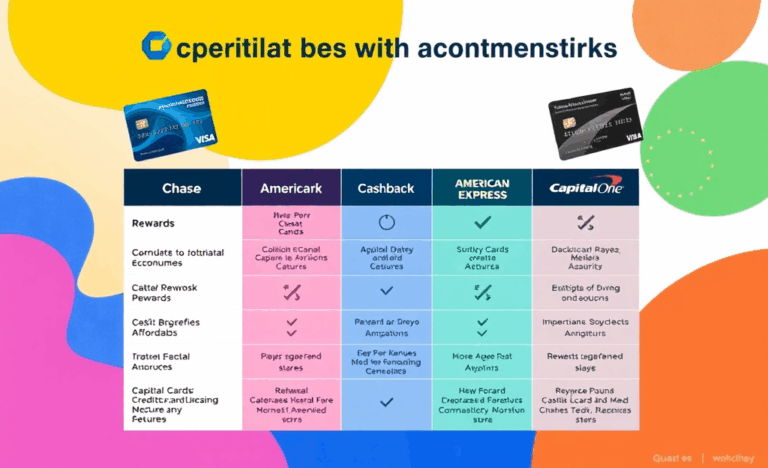![]()
![]()
![]()
![]()
Loans for Debt Payment Made Simple and Effective
Debt Payment is a significant concern for many individuals, often leading to financial stress and confusion.
In this article, we will explore the concept of debt consolidation loans, which allow borrowers to merge multiple debts into a single, manageable loan.
By simplifying financial obligations and potentially lowering interest rates, these loans can provide a pathway to better financial health.
We will discuss the various benefits of debt consolidation, how it simplifies finances with a single payment, the cost savings associated with lower interest rates, available loan amounts, and the flexibility it offers in managing high-interest debts effectively.
Debt-Payment Loan Basics
A debt payment loan, often referred to as a debt consolidation loan, is a financial tool used to roll multiple debts into one single loan.
This option is commonly leveraged by individuals managing various high-interest credit cards or personal loans.
Instead of juggling numerous due dates and interest rates, borrowers can streamline repayment into just one fixed monthly installment.
By replacing scattered obligations with a more manageable loan, it becomes easier to track progress and avoid missed paymentsWhat makes this loan appealing is its potential to significantly lower interest rates depending on your credit profile.
Borrowers with improved credit scores may qualify for better terms than the original debts carried.
In addition to simplifying financial management, this strategy can lead to long‑term savings and faster repayment timelines.
As recommended by LendingTree, using a personal loan for consolidation creates more predictable and structured budgeting
- Lower monthly costs
- Fewer payment dates to remember
- Potential interest savings
Personal Loans Explained
Unsecured personal loans offer a practical solution for consolidating multiple high-interest debts into a single manageable balance.
These loans don’t require collateral, making them accessible to many borrowers seeking financial relief.
With fixed terms, monthly payments remain predictable throughout the life of the loan, helping individuals budget more effectively.
Additionally, responsible repayment of a personal loan can have a positive impact on your credit score, as it diversifies your credit mix and potentially reduces your credit utilization ratio.
Services like Discover’s debt consolidation loan can streamline this process by offering competitive rates and fast approval.
Debt-Consolidation Loans in Focus
Combining multiple high-interest debts into one debt consolidation loan often reduces total repayment costs.
By merging various balances, borrowers transform multiple payments into a single, manageable monthly obligation.
This shift not only simplifies budgeting but also frequently introduces a lower interest rate, saving money over time.
Lenders typically evaluate credit score, income stability, and debt-to-income ratio before approval, and some may charge origination fees or penalties for early repayment.
Choosing a consolidation option through a reputable service like Johns Hopkins Federal Credit Union can enhance chances of approval while securing better terms through reduced interest rates and single payment convenience.
Using Balance-Transfer Offers
Moving credit-card balances to a low-intro APR card works by transferring existing high-interest credit card debt to a new credit card that offers a introductory 0 percent period on balance transfers.
During this limited timeframe, you won’t pay interest on the transferred amount, which allows you to focus on reducing the principal more quickly.
However, you should be aware that many cards charge a transfer fee—typically around 3% to 5% of the amount moved—and once the promotional timeframe ends, the standard interest rate, often significantly higher, kicks in.
For a deeper guide on how it operates, consider reviewing CNBC’s balance transfer guide for more insights.
Weighing the Benefits
Debt consolidation loans can significantly ease financial strain by offering lower interest rates compared to typical credit card balances.
This means individuals pay less overall, freeing up income for other priorities.
Through payment consolidation, borrowers merge multiple high-interest debts into a single fixed-rate loan.
This not only reduces overpaid interest but also provides a predictable monthly payment structure, making budgeting simpler and more achievable over time.
According to Discover®, this streamlined approach often leads to faster repayment and greater control over finances.
By replacing juggling various bills and due dates with one manageable payment, borrowers feel less overwhelmed and more in control of their money.
In addition to simplified financial planning, consistent, on-time payments on a unified loan can lead to a gradual boost in credit scores.
As noted by Clear Coast Debt, on-time, steady repayments reflect positively on credit reports, supporting long-term financial wellness.
The result is relief today and a stronger position for tomorrow.
Securing Approval
Securing approval for a debt payment loan involves several structured steps; first, the borrower undergoes a credit check, which evaluates credit history and score—typically needing a score of at least 700 for favorable rates, as seen with lenders like Bankrate’s lending partners; next is income verification, where applicants must provide documents such as recent pay stubs, W-2s, or tax returns to prove financial stability; applicants also need to present valid government-issued ID and recent account statements showing current debt balances; then, lenders calculate the debt-to-income ratio, a critical metric showing how much income goes toward monthly debts—this must typically stay below 40% to qualify; finally comes loan approval, which depends on meeting all criteria and demonstrating the ability to repay, leading lenders like Discover to disburse funds often within days of signing.
Risks and Precautionary Measures
Using a loan to pay off other debts might seem like a smart financial strategy, yet it often carries unseen consequences that can worsen your situation over time.
Lenders may offer lower monthly payments, but they sometimes hide excessive origination fees and prepayment penalties, increasing the overall cost of your loan.
Borrowers may unknowingly agree to extended repayment terms, which can mask the true burden of interest accrued across time.
This tactic may initially offer relief but ultimately increase the total financial obligation.
Additionally, taking on a new loan to cover existing debts places your credit at further risk if not managed carefully.
A single missed payment may spiral into a loan default, triggering consequences such as negative credit marks, collection efforts, or wage garnishment.
Worse, this can lead to a debt cycle, where each loan serves only to delay the inevitable reckoning of financial imbalance.
- Create a repayment plan before borrowing
- Check all terms for fees or penalties upfront
- Limit borrowing to only what’s needed to avoid overextending
Alternative Paths to Becoming Debt-Free
Exploring alternatives to a debt payment loan can lead to more cost-effective and sustainable strategies.
One such route is credit counseling, offered by nonprofit agencies like the National Foundation for Credit Counseling.
These organizations help you create a personalized budget and often negotiate lower interest rates or fee waivers with creditors.
Relevant text, credit counseling doesn’t involve taking on new debt, which makes it ideal for individuals with low credit scores or unstable income.
Another approach worth considering is enrolling in hardship payment plans through current creditors.
In situations like job loss or medical emergencies, lenders might temporarily reduce your payments or extend deadlines.
Contacting creditors directly and explaining your financial hardship can lead to customized arrangements without the need for third-party loans.
Direct negotiation also plays a significant role, especially when dealing with a single or few creditors.
By explaining your circumstances and offering a reasonable payment proposal, you may settle debts for less than owed.
According to the Consumer Financial Protection Bureau, this strategy can work well if you have access to a lump sum or a tightly managed monthly budgetWhen your credit score is already compromised or you lack the income to qualify for new credit, these non-borrowing strategies may be far more effective than consolidating payments through another loan
In conclusion, debt consolidation loans present an effective strategy for individuals looking to streamline their finances and manage multiple debts.
By consolidating various payments into one, borrowers can alleviate financial stress and potentially save money through lower interest rates.





